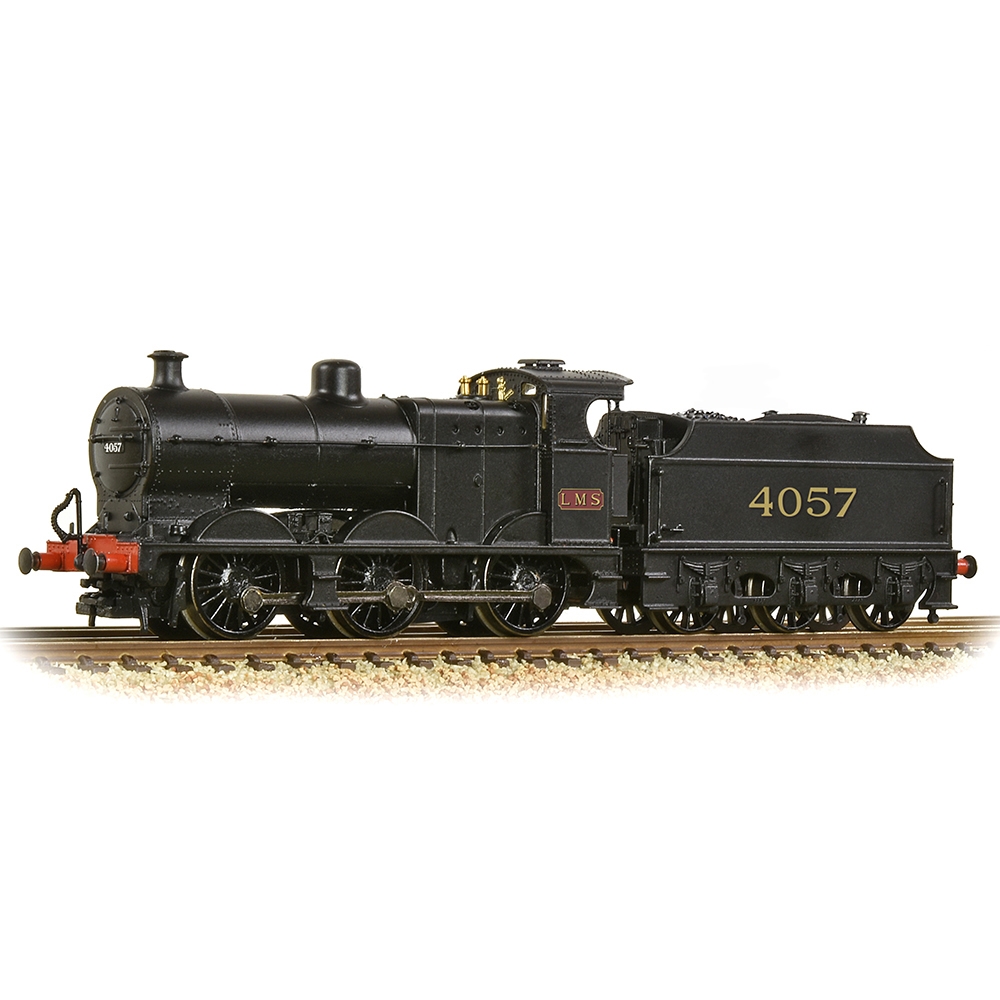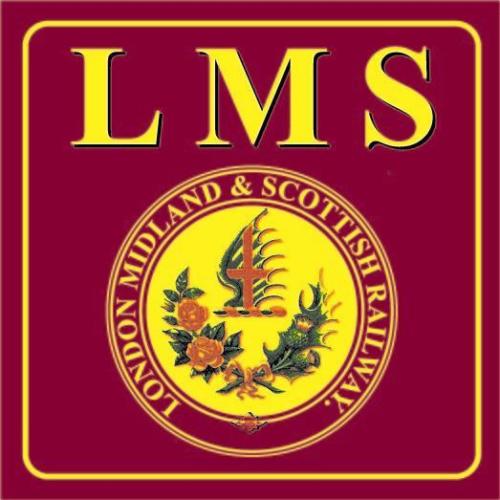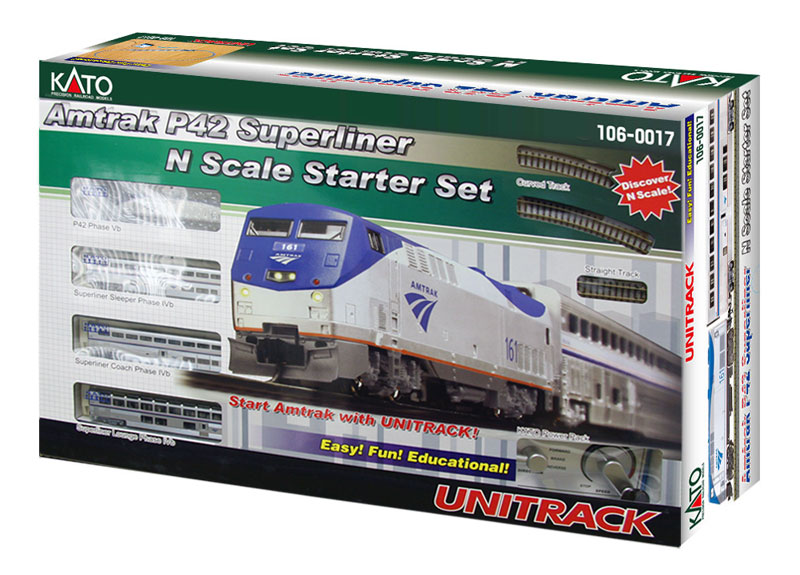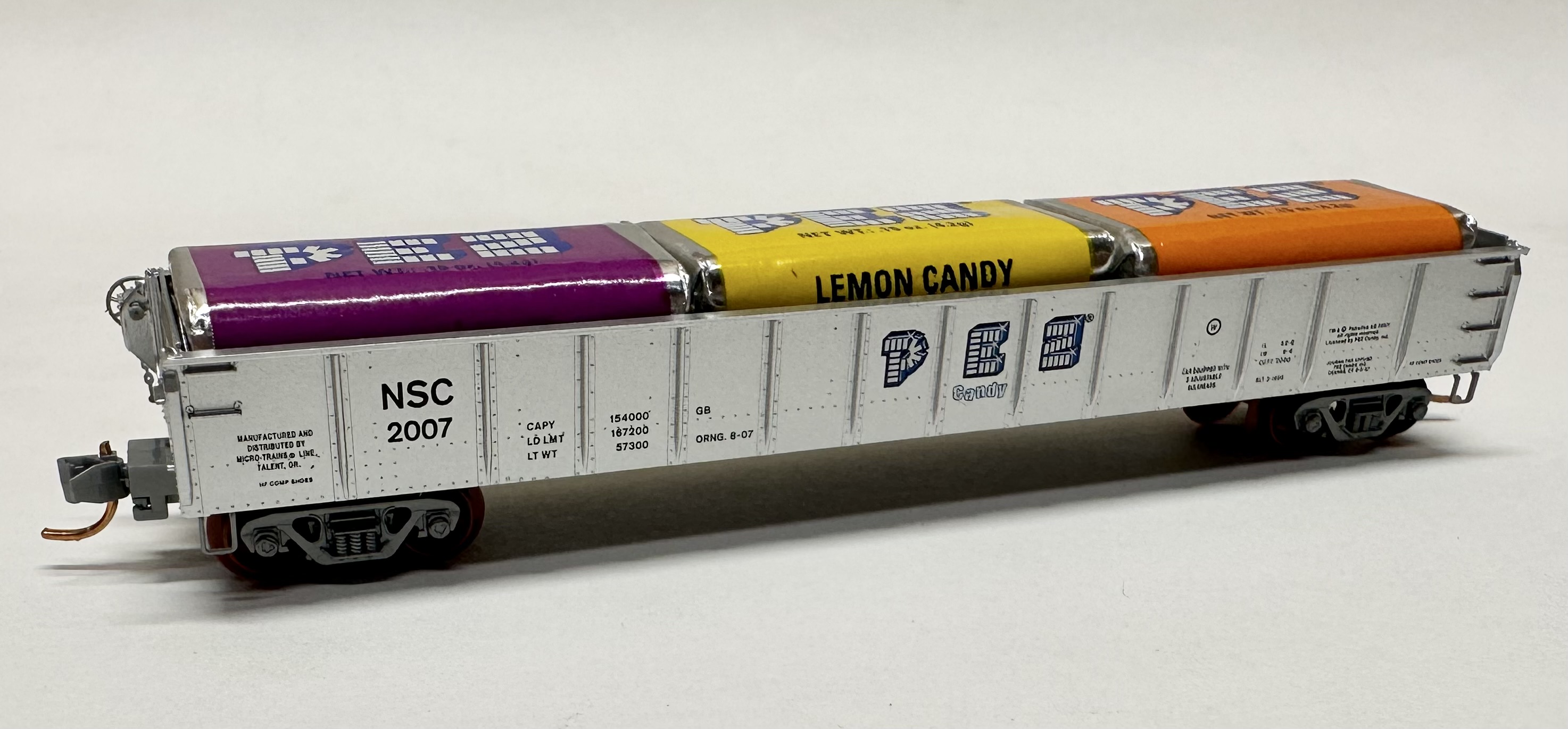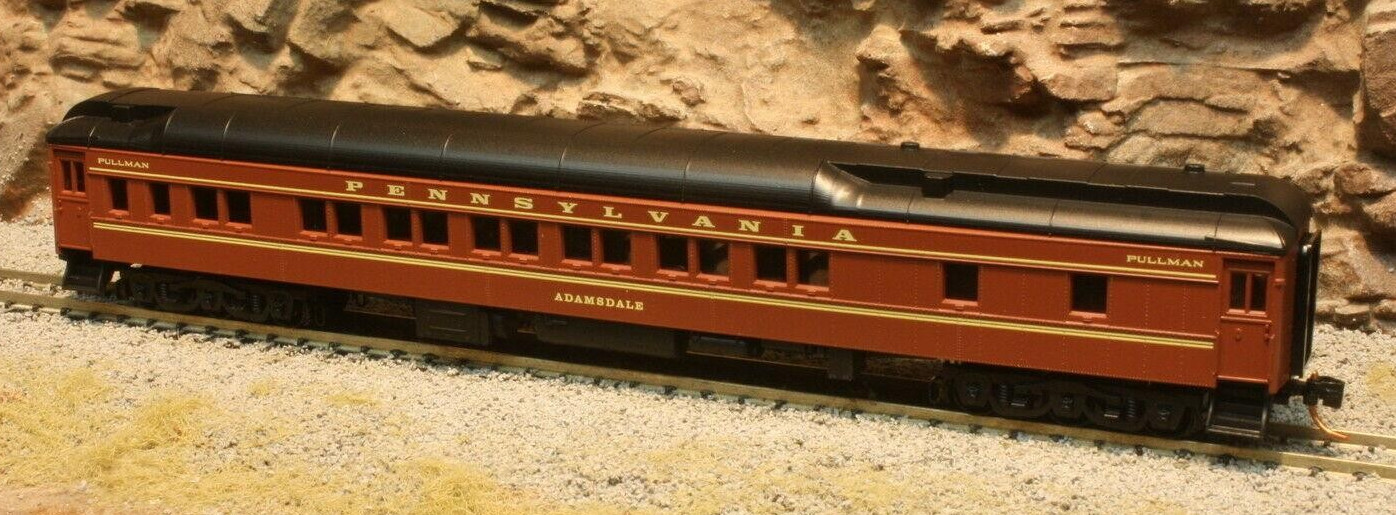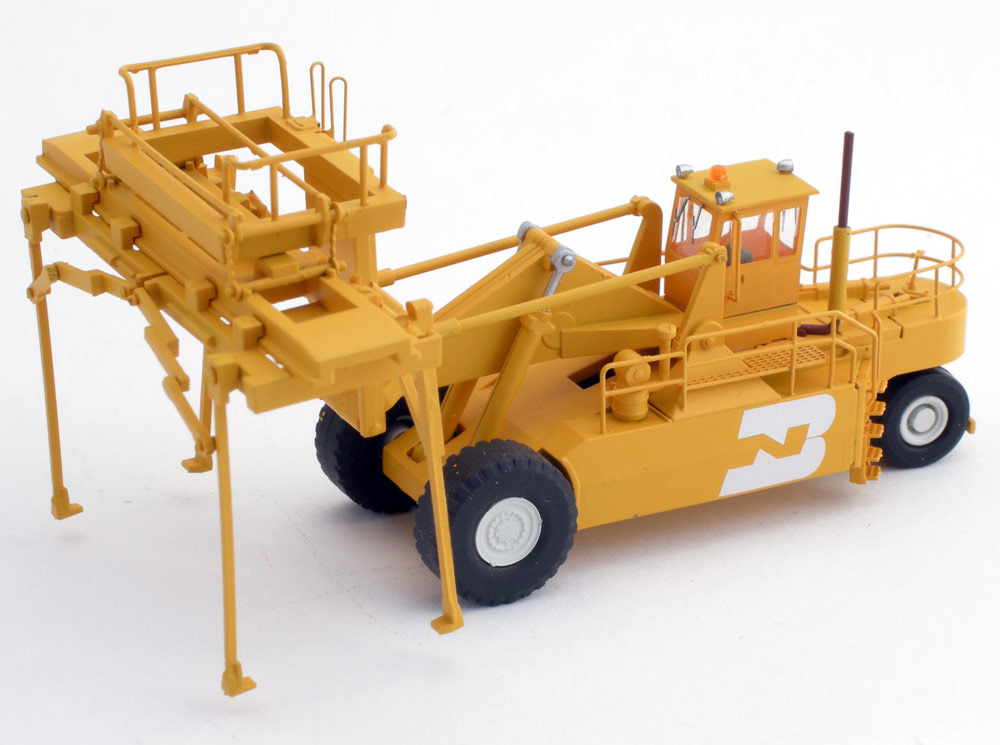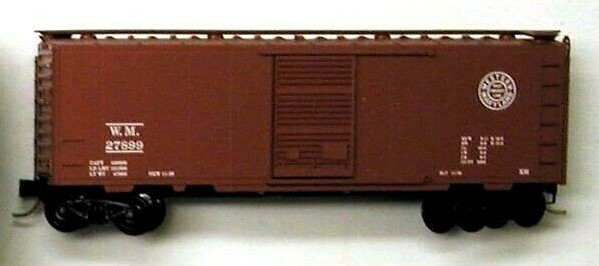Graham Farish - 372-063 - Locomotive, Steam, 0-6-0, LMS Fowler - London, Midland and Scottish - 4057
| Stock Number | 372-063 |
| Original Retail Price | £154.95 |
| Brand | Graham Farish |
| Manufacturer | Bachmann Europe |
| Body Style | Graham Farish Steam 3835 Class Locomotive |
| Prototype | Locomotive, Steam, 0-6-0, LMS Fowler |
| Road or Company Name | London, Midland and Scottish (Details) |
| Reporting Marks | LMS |
| Road or Reporting Number | 4057 |
| Paint Color(s) | Black & Red |
| Print Color(s) | Gold |
| Coupler Type | Rapido Hook NEM Standard Pocket |
| Coupler Mount | Body-Mount |
| Wheel Type | Chemically Blackened Metal |
| Wheel Profile | Standard |
| DCC Readiness | Ready |
| Item Category | Locomotives |
| Model Type | Steam |
| Model Subtype | 0-6-0 |
| Model Variety | 3835 Class, LMS Fowler |
| Scale | 1/148 |
Specific Item Information:
The Midland Railway (MR) 3835 Class is an 0-6-0 steam locomotive designed for freight work. The first two were introduced in 1911 by Henry Fowler. After the grouping in 1923 they continued to be built up to 1941 by the LMS as the LMS Fowler Class 4F. A total of 197 engines were built, 192 being sequentially numbered 3835–4026 for the Midland Railway. After nationalisation in 1948 British Railways added 40000 to their numbers so they became 43835–44026. Five engines were constructed by Armstrong Whitworth for the Somerset and Dorset Joint Railway in 1922, numbered 57–61. They were absorbed into LMS stock in 1930, becoming 4557–4561.
Road Name History:
The London, Midland and Scottish Railway (LMS) was a British railway company. It was formed on 1 January 1923 under the Railways Act of 1921, which required the grouping of over 120 separate railways into four. The companies merged into the LMS included the London and North Western Railway, Midland Railway, the Lancashire and Yorkshire Railway (which had previously merged with the London and North Western Railway on 1 January 1922), several Scottish railway companies (including the Caledonian Railway), and numerous other, smaller ventures.
The resulting company was an unwieldy construction, with numerous interests other than railway operation. Besides being the world's largest transport organisation, it was also the largest commercial enterprise in the British Empire and the United Kingdom's second largest employer, after the Post Office. The LMS also claimed to be the largest joint stock organisation in the world.
In 1938, the LMS operated 6,870 miles (11,056 km) of railway (excluding its lines in Northern Ireland), but its profitability was generally disappointing, with a rate of return of only 2.7%. Under the Transport Act 1947, along with the other members of the "Big Four" British railway companies (GWR, LNER and SR), the LMS was nationalised on 1 January 1948, becoming part of the state-owned British Railways.
The LMS was the largest of the Big Four railway companies serving routes in England, Northern Ireland, Scotland and Wales.
From Wikipedia
The resulting company was an unwieldy construction, with numerous interests other than railway operation. Besides being the world's largest transport organisation, it was also the largest commercial enterprise in the British Empire and the United Kingdom's second largest employer, after the Post Office. The LMS also claimed to be the largest joint stock organisation in the world.
In 1938, the LMS operated 6,870 miles (11,056 km) of railway (excluding its lines in Northern Ireland), but its profitability was generally disappointing, with a rate of return of only 2.7%. Under the Transport Act 1947, along with the other members of the "Big Four" British railway companies (GWR, LNER and SR), the LMS was nationalised on 1 January 1948, becoming part of the state-owned British Railways.
The LMS was the largest of the Big Four railway companies serving routes in England, Northern Ireland, Scotland and Wales.
From Wikipedia
Brand/Importer Information:
Graham Farish is a British brand of N gauge model trains, that belongs to Bachmann Europe.
The company entered the model train business in the early 1950s, focusing on British OO gauge rolling stock, track and accessories.
In the 1970s, it started to produce N gauge models under the GRAFAR label. After the withdrawal of Lima and Minitrix from the UK market in the late 1980s, Graham Farish was the only major supplier of British outline models in N gauge, soon withdrawing from the OO scale market.
In 2001, Graham Farish was purchased by Kader Industries of Hong Kong, and absorbed by its subsidiary Bachmann Industries. Bachmann immediately closed the British manufacturing facility and moved production to China.
Bachmann have since increased the size of the Farish range, by duplicating models introduced to the Bachmann OO range; often, an OO scale Bachmann Branchline model is followed between 6 months to a year later by an N gauge Graham Farish model.
The company entered the model train business in the early 1950s, focusing on British OO gauge rolling stock, track and accessories.
In the 1970s, it started to produce N gauge models under the GRAFAR label. After the withdrawal of Lima and Minitrix from the UK market in the late 1980s, Graham Farish was the only major supplier of British outline models in N gauge, soon withdrawing from the OO scale market.
In 2001, Graham Farish was purchased by Kader Industries of Hong Kong, and absorbed by its subsidiary Bachmann Industries. Bachmann immediately closed the British manufacturing facility and moved production to China.
Bachmann have since increased the size of the Farish range, by duplicating models introduced to the Bachmann OO range; often, an OO scale Bachmann Branchline model is followed between 6 months to a year later by an N gauge Graham Farish model.
Manufacturer Information:
Bachmann, a US company founded in 1835, was purchased by Kader Industries in 1987. Kader formed Bachmann Industries Europe in 1989 with their main UK headquarters in Moat Way, Barwell, Leicestershire, UK (former Palitoy location) and the following year launched the Bachmann Branchline range for the British market with the moulds that had previously been used for the Palitoy Mainline and Replica Railways model railway products. From this starting point Bachmann has developed the range further and now produce a large range of models.
In 2001 Bachmann Branchline bought Graham Farish, an N gauge manufacturer, and since then many of their models have been made available in both gauges.
Bachmann Europe portfolio also comprises other model trains brands such as Liliput.
In 2001 Bachmann Branchline bought Graham Farish, an N gauge manufacturer, and since then many of their models have been made available in both gauges.
Bachmann Europe portfolio also comprises other model trains brands such as Liliput.
Item created by: CNW400
on 2022-03-18 10:19:16
If you see errors or missing data in this entry, please feel free to log in and edit it. Anyone with a Gmail account can log in instantly.
If you see errors or missing data in this entry, please feel free to log in and edit it. Anyone with a Gmail account can log in instantly.


